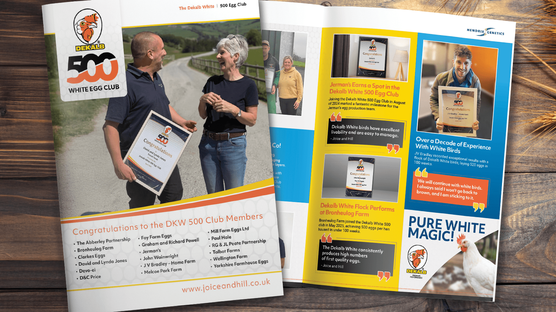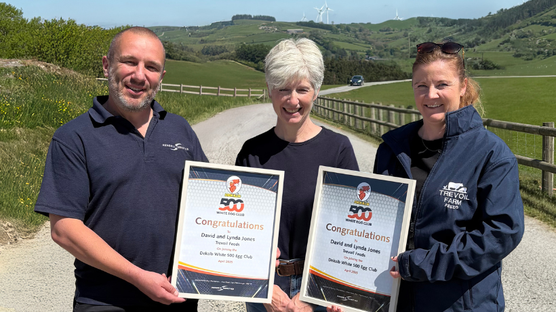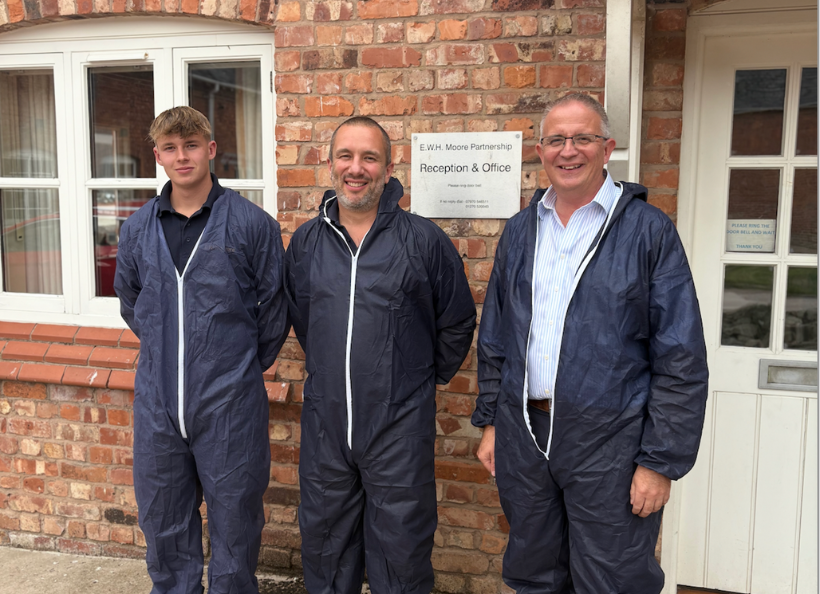
Published on Aug. 19, 2025
From White Mischief to White Eggs and Back - History Repeats Itself at EWH Moore Partnership
Originally part of the Doddington Estate, the family seat of “Jock” Delves Broughton of White Mischief fame, the Grange is now home to the EWH Moore Partnership - where history of a different kind continues to be made.
Back in January 1981 Poultry World ran a full-page article on producer Neil Moore, who had broken the white egg production record for 52 weeks of lay, for the second time. The flock comprised of 17,582 Hisex White layers, in barren cages, and at the time was by far the largest flock ever to achieve record status.
That record was 303.9 eggs per hen housed, laid between 25 and 76 weeks of age. The figures were verified by ADAS poultry husbandry advisor, Tony Warner, who had played a significant role in the Moore family’s story as egg producers.
Shortly after the article was published, Neil began the transition to brown egg production, responding to the change in consumer preferences of the late 1970s.
Fast-forward to 2025. In a remarkable case of history repeating itself, the farm, now managed by Neil’s son Paul and his family, has achieved a remarkable 500 eggs per hen housed over 100 weeks, with a flock of Dekalb White layers. A feat that would surely have been almost unimaginable by Neil Moore, back in 1981.
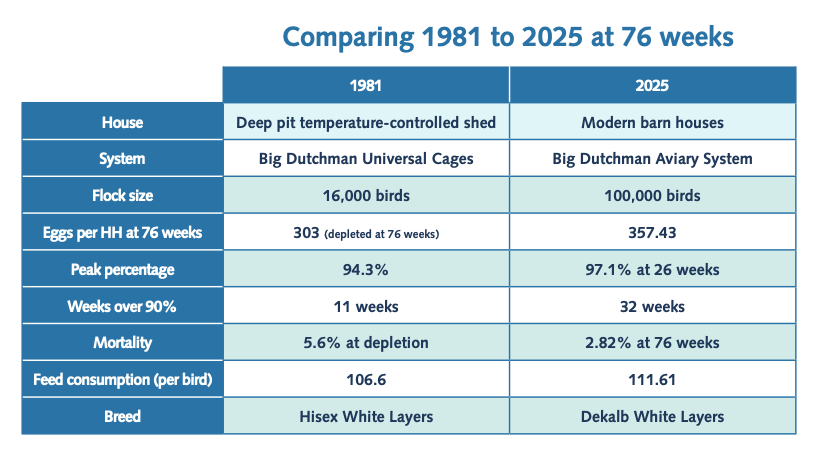
The Moore family traces its farming roots all the way back to 1916, when as tenants of the Delves Broughton family, they bought the Grange. In more recent times, the evolution of the EWH Moore Partnership has mirrored the twists and turns of the egg sector since the 70s, including the shift from white to brown eggs in the 80s, the Edwina Currie saga, the cage ban, the retail shift from colony and now the trend back to white eggs on retail shelves.
In 1971 the Grange was a dairy farm, but seeking to maximise returns from limited space Neil Moore housed 10,000 birds in converted ex-army huts and the foundations of today’s business were laid. The next step was taken in 1974. Following advice from Tony Warner of ADAS, the ex-army huts were modified to provide a controlled environment. Neil found that adding air temp control to maintain a temperature of 20 to 21°C meant the performance of the birds improved dramatically.
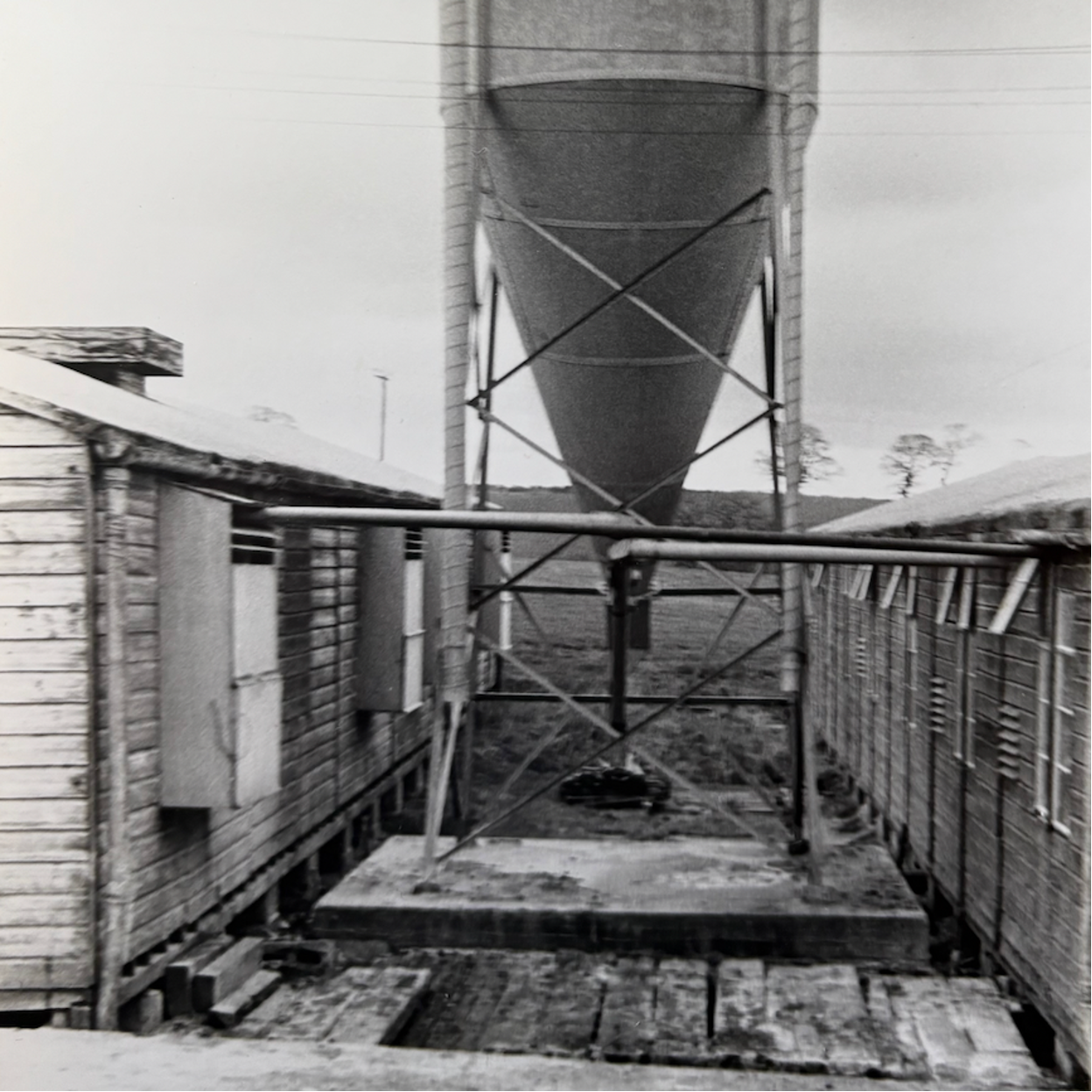
As Paul explains “My father’s route into poultry was helped by the ADAS free consultancy service. When Tony Warner moved to ADAS at Crewe he came to see my father and suggested ways that the business could be improved. The first step was the addition of temperature control to the existing sheds. Then in 1976, Tony persuaded my father that further improvements could be made, and so he built his first deep pit temperature-controlled shed to house 16,000 birds. That shed is where the historic 1981 record was set!”
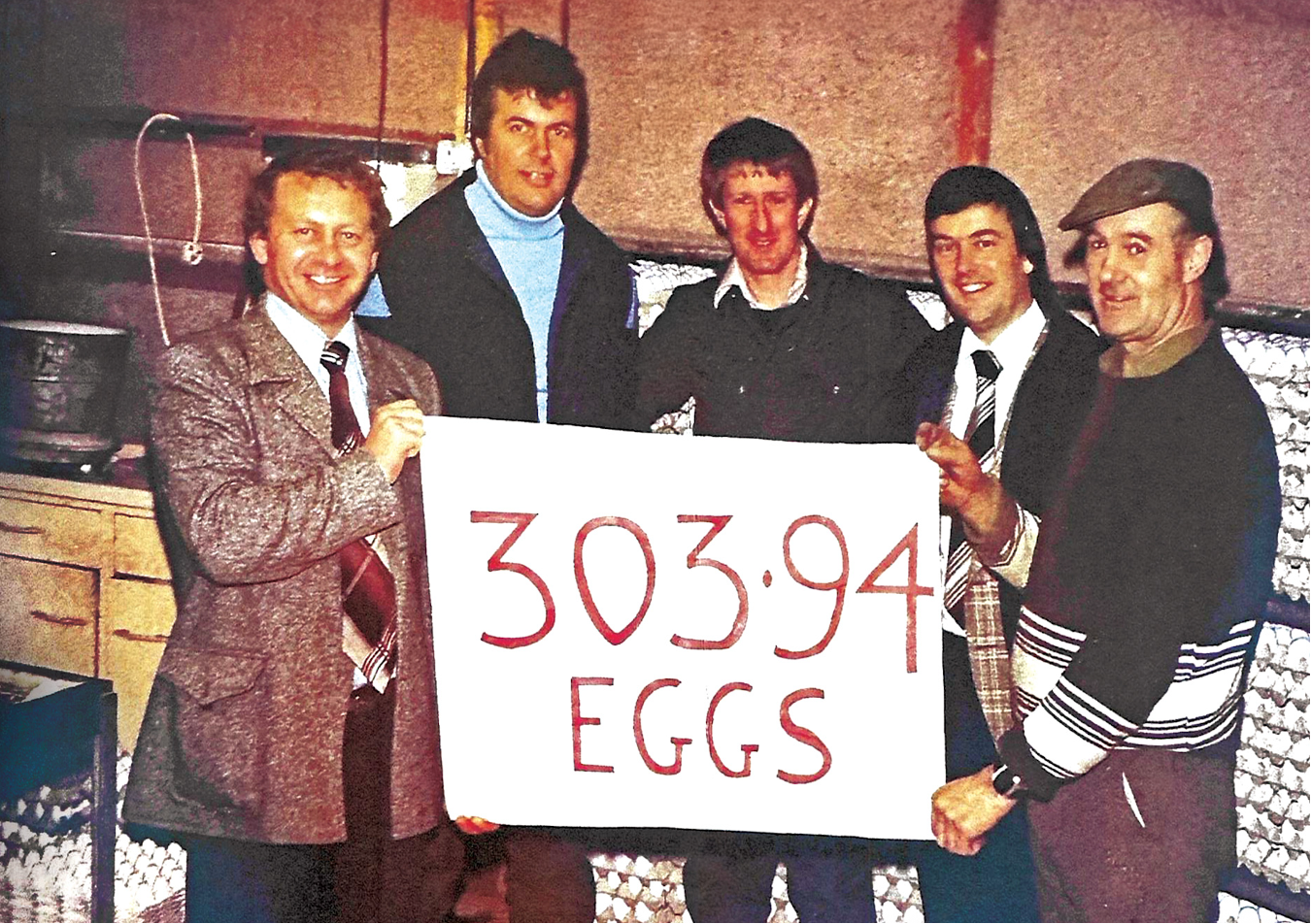
From then on, the business continued to expand, with 3 new sheds in the 80s and 4 more in the 90s - built as stilt sheds with air to naturally dry the muck. As the cage ban approached in 2012 the Grange was home to 400,000 birds in traditional cages. With the transition to enriched colony, capacity was increased to 600,000 birds, a mixture of Lohmann birds and Bovans Brown layers from Hendrix Genetics.
“From 2010 onwards we worked up to 84 weeks depletion. There were observable differences between breeds” recalls Paul. “If challenged the Lohmann didn’t bounce back so well and might need more care, but Lohmann were better at large eggs. However, the Bovans were better over the last few weeks.”
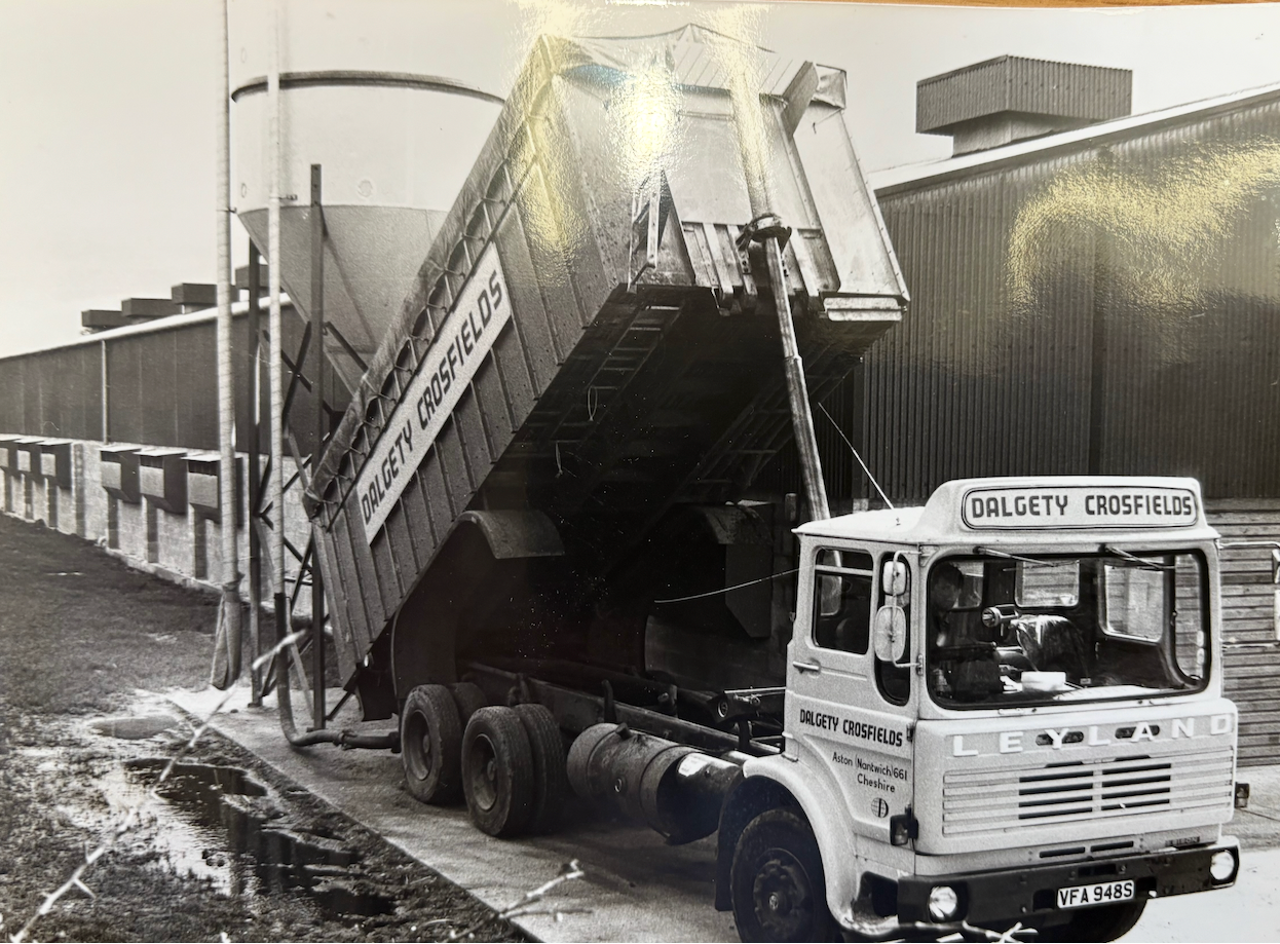
The next step in the story came when, having declared their intention to go cage free, several supermarkets were keen on moving over to cage-free early. As a result, Noble Foods offered EWH Moore contracts to convert to barn and he chose Bovans Brown birds, hatched by Joice and Hill for the barn system.
To complete the cycle the seven sheds were modernised and linked to run as a 3-flock barn system, each housing 100,000 white birds on Big Dutchman systems. Feed and pullets are supplied by Noble Foods, and the eggs are contract packed on site, as Big and Fresh branded eggs or mixed weight packs for Tesco. “I was happy with the brown birds; but we moved to whites in response to retail demand. Experience had taught me that the top brown birds for us were the Bovans Brown and the Lohmann, so the natural choice was to go with their white “equivalents” - The Dekalb White and the LSL.
Paul Moore now runs the business with his wife, and son Oliver Moore, who is currently Studying Business Management and will be the seventh generation to farm at the Grange. He is a great believer in the value of controlling fundamentals and the use of his own data “I think there are good people in the industry focussing on different areas and we can learn from all of them. One key variable we can control is water quality; feed is obviously important but is not as likely to affect results as much as water. If there is an additional point of difference we do have, it is good reliable records on which to make good decisions. Care in collection and interpretation of data is something we believe in, with one caveat, our data is specific to us and may not replicate elsewhere!
“If our experience over time with multiple breeds and systems has taught us one thing, it’s that you can’t assess the likely outcome of a bird until you have tried it. All farms are different. But in the case of the Dekalb White, the longevity, ease of management, persistency and outright performance results speak for themselves, and the current flock, housed in Oct 24 are flying.
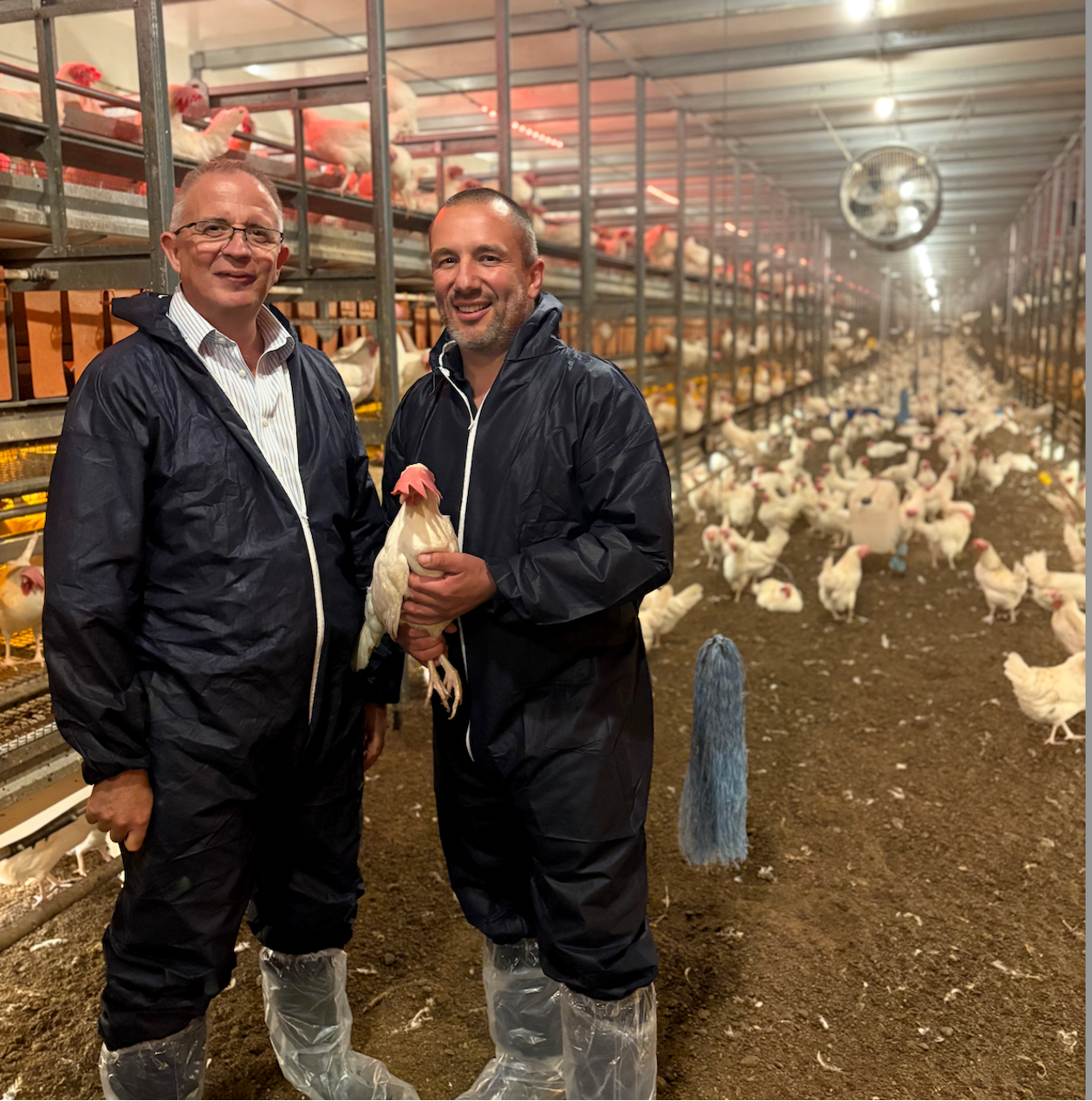
“Looking to the future I am convinced we will go longer than 100 weeks with white birds. In terms of expansion, we would like to rear our own birds. I believe it would be better for the birds and give us more control which is, of course better for us. However, the investing climate not great with uncertainties over government policy.”
Group photo left to right: Oliver Moore, Simon Bowden and Paul Moore.


